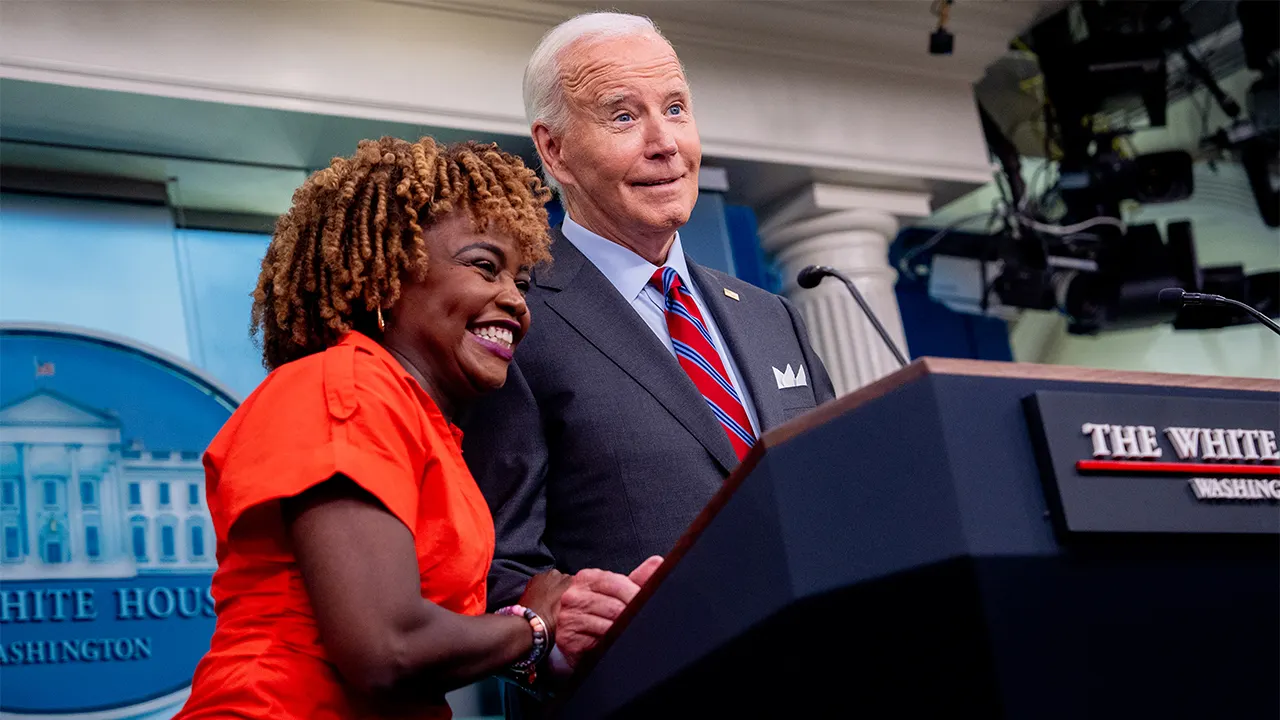Copyright forbes

The show floor at Money 20/20 USA 2025, one of the leading payments industry conferences, which was held in Las Vegas this week. This week, much of the payments world descended on the city of Las Vegas for Money20/20 USA, one of the biggest events in the industry’s calendar. And if you ever wanted a signal for the health of the industry, this was it. While the show floor was fairly busy, much of the action was to be had in the meeting rooms, gathering areas and company-rented cabanas that sit throughout the event’s venue, the Venetian Hotel and Resort. Forming a wider ecosystem of networking events and private catch-ups, these areas were a hive of activity from early morning to late at night, with people from across the sector meeting to discuss business, make deals and catch up. The focus was clear: people were here for highly intentional, targeted discussions focused on business at an advanced and complex stage. By comparison, just a few years ago meetings were prevalent, but were more speculative. Payments has always been an industry enriched by partnerships, but as the technologies, payments instruments and players that make up the market, particularly at a cross-border level, become more sophisticated, this is only becoming more important – and the industry is rising to the challenge. This is also reflected in industry sentiment. A report published for the event by Money20/20 in partnership with my company FXC Intelligence found that 86% of payments experts believe partnerships and cross-organization collaborations are set to be critical to the future of the cross-border payments industry in North America. MORE FOR YOU This is particularly important given how much opportunity there is in the sector. FXC Intelligence market sizing data published for the first time in the report showed that North America’s outbound cross-border payments market totalled $8.8tn in 2024, but is expected to climb to $15.1tn in 2032. How cross-border payments is thinking about stablecoins While conversations dominated this year’s event, content also took center stage, with many sessions packed with attendees looking to grow their expertise on key areas of the market. And this year, the biggest focus for many was undoubtedly stablecoins. Not only were a wide range of sessions on the subject very well attended, but there were also a host of major announcements about the technology during the event. Western Union’s CEO Devin McGranahan made a surprise appearance to announce the launch of a stablecoin, in partnership with issuer Anchorage Digital and blockchain Solana. Payments infrastructure player Thunes, meanwhile, announced the launch of its Pay-to-Stablecoin-Wallets solution. USDC issuer Circle also made several announcements, including the appointment of musician Wyclef Jean as a Global Culture Advisor and the public testnet launch of its Layer-1 blockchain Arc, which is designed for payments. Aside from this, however, stablecoins were a strong focus for meetings, discussion and networking. It was clear for many that the topic is the current focus of hype, and that this will ultimately die down, but it was also very clear that there are serious opportunities for the technology, particularly from a treasury perspective. By next year, enthusiasm for the technology may well have become more muted, but it's clear that it will still be in use as part of an increasingly complex and interconnected payments industry. And that is only a good thing for a sector built on collaboration. Editorial StandardsReprints & Permissions



